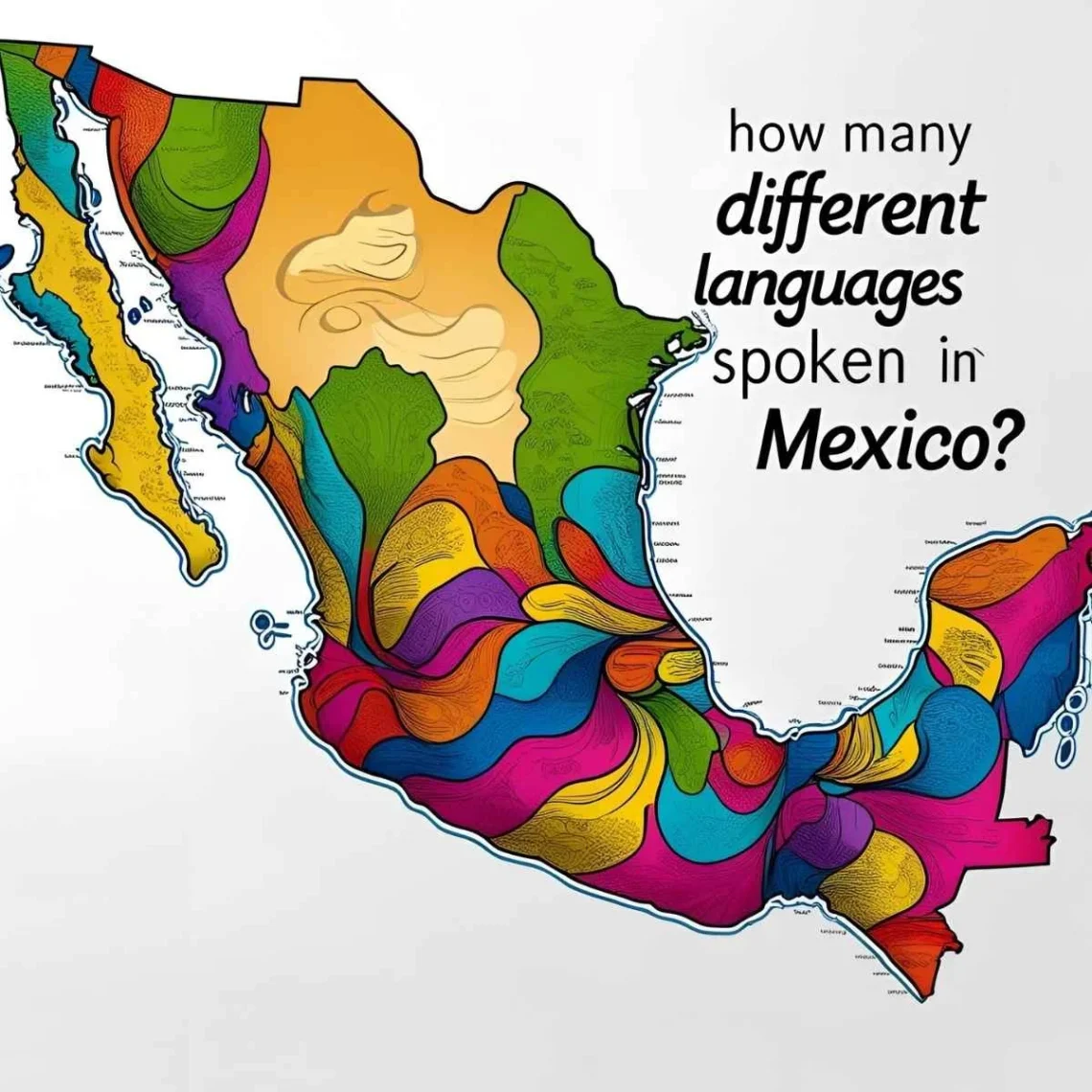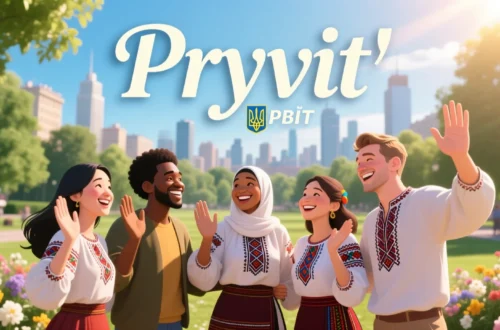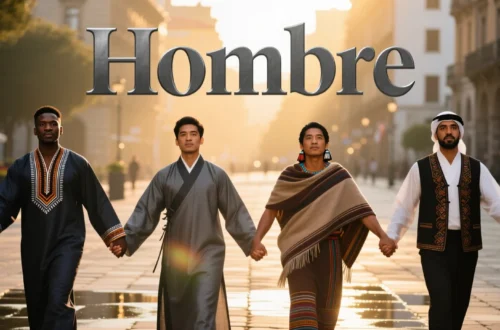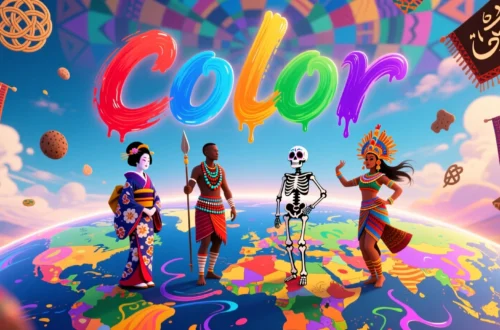Imagine walking through a vibrant market in Oaxaca, where vendors call out in Spanish, Nahuatl, and Zapotec, their voices weaving a tapestry of sounds as diverse as the colors of their wares. Mexico’s linguistic landscape is a living testament to its rich history, from ancient indigenous civilizations to colonial influences and modern migration.
The question “How many different languages are spoken in Mexico?” opens a door to a world of cultural heritage, resilience, and diversity. With Spanish as the dominant tongue and a multitude of indigenous and minority languages, Mexico ranks among the most linguistically diverse countries globally. Let’s explore this vibrant mosaic, uncovering the numbers, origins, and cultural significance of Mexico’s languages.
Reference Table: Major Languages Spoken in Mexico
| Language | Family/Group | Approx. Speakers | Cultural/Linguistic Insight |
|---|---|---|---|
| Spanish | Indo-European | 120+ million | De facto national language, influenced by Nahuatl and English. |
| Nahuatl | Uto-Aztecan | 1.7 million | Language of the Aztecs, spoken in central Mexico. |
| Yucatec Maya | Mayan | 850,000 | Ancient language of the Yucatán Peninsula. |
| Mixtec | Oto-Manguean | 500,000 | Spoken in Oaxaca, with many variants. |
| Zapotec | Oto-Manguean | 400,000 | Diverse variants, central to Oaxaca’s cultural identity. |
| Tzeltal Maya | Mayan | 500,000 | Spoken in Chiapas, tied to Mayan traditions. |
| Tzotzil Maya | Mayan | 400,000 | Used in Chiapas, with a rich oral tradition. |
| Otomí | Oto-Manguean | 300,000 | Spoken in central Mexico, facing decline. |
| Totonac | Totonacan | 200,000 | Used in Veracruz, linked to ancient rituals. |
| Chol | Mayan | 185,000 | Growing in Tabasco, tied to Mayan heritage. |
| Plautdietsch | Germanic | 80,000 | Low German spoken by Mennonite communities. |
| Chipilo Venetian | Italic | 2,500 | A Venetian dialect spoken in Puebla. |
| English | Indo-European | 5% fluent | Common in tourism and border regions. |
| Tepehua | Totonacan | 9,000 | Critically endangered, spoken in Hidalgo. |
| Tarahumara | Uto-Aztecan | 85,000 | Spoken in Chihuahua, tied to Rarámuri culture. |
The Linguistic Landscape of Mexico
Mexico is home to 296 living languages, including 286 indigenous languages and 10 non-indigenous languages, according to Ethnologue. The Mexican government recognizes 68 indigenous languages as national languages, alongside Spanish, under the 2003 General Law of Linguistic Rights of Indigenous Peoples. These 68 languages are further divided into 364 linguistic variants, reflecting regional and cultural differences. Spanish, spoken by over 99% of the population, is the de facto national language but not officially declared as such, respecting indigenous linguistic heritage.
The 11 linguistic families in Mexico include Uto-Aztecan (e.g., Nahuatl), Oto-Manguean (e.g., Mixtec, Zapotec), and Mayan (e.g., Yucatec Maya), with Oaxaca hosting the highest number of languages (158). Despite this diversity, many indigenous languages are endangered, with some, like Ayapenaco, spoken by only a few individuals.
Indigenous Languages: A Legacy of Ancient Civilizations
Mexico’s indigenous languages are rooted in its pre-Columbian past, with civilizations like the Aztecs, Mayans, and Zapotecs shaping linguistic traditions. Nahuatl, the most spoken indigenous language, has over 1.7 million speakers and influenced Mexican Spanish with words like “chocolate” and “tomato.” Yucatec Maya, spoken by 850,000 in the Yucatán Peninsula, is one of the oldest languages, dating back to 200 AD. The Oto-Manguean family, dominant in Oaxaca, includes 18 languages like Mixtec and Zapotec, with 220 variants, some mutually unintelligible.
Other notable languages include Tzeltal and Tzotzil Maya in Chiapas, each with around 500,000 speakers, and Otomí in central Mexico, with 300,000 speakers but declining among youth. These languages are more than communication tools—they preserve cultural practices, oral histories, and worldviews, as highlighted by the Sapir-Whorf hypothesis, which suggests language shapes thought.
European and Minority Languages: Migration’s Influence
Spanish arrived with the 16th-century conquest, becoming the dominant language through colonization. Mexican Spanish, influenced by Nahuatl and English, varies regionally, with distinct dialects in Yucatán and Chihuahua. Other European languages include Plautdietsch (Low German), spoken by 80,000 Mennonites in northern states, and Chipilo Venetian, a dialect used by 2,500 descendants of Italian immigrants in Puebla.
English is the most studied foreign language, with 5% of Mexicans fluent, especially in tourist areas like Cancún and border cities. Smaller communities speak languages like French, Italian, and Greek, often tied to immigrant enclaves in urban centers like Mexico City.
African and Asian Influences: Lesser-Known Linguistic Threads
Though less prominent, African and Asian languages have left traces in Mexico. Afro-Seminole Creole, an English-based creole, is spoken by the Mascogos in Coahuila, descendants of African American settlers.
Asian languages like Korean, Chinese, and Japanese are spoken by immigrant communities, primarily in Nuevo León and Mexico City, though their numbers are small. These languages reflect Mexico’s history of global migration, adding subtle hues to its linguistic palette.
Cultural Insights: The Historical Evolution of Mexico’s Languages
Mexico’s linguistic diversity stems from its role as a cradle of civilization. Pre-Columbian societies developed complex writing systems, like the Maya Hieroglyphic script, and oral traditions, such as Aztec poetry.
The Spanish conquest imposed Castilian, but Nahuatl was briefly an official language in the 16th century to aid evangelization. By the 18th century, policies enforced Spanish, marginalizing indigenous languages.
The 2003 Law of Linguistic Rights marked a turning point, granting indigenous languages equal status with Spanish and promoting bilingual education.
However, challenges persist: only 6.1% of Mexicans speak an indigenous language, and many face extinction due to urbanization and assimilation. Preservation efforts, like Zapotec audio dictionaries and Otomí bilingual radio, aim to revitalize these languages, ensuring they remain vibrant links to Mexico’s past.
Proverbs and Sayings: Language and Wisdom
- Nahuatl: “In xochitl, in cuicatl” (The flower, the song) – Symbolizes poetry and beauty, reflecting Nahuatl’s literary tradition.
- Yucatec Maya: “K’a’abet a k’áat a k’áat” (You need to want what you want) – Emphasizes determination, a core Mayan value.
- Spanish: “El que mucho habla, poco hace” (He who talks much, does little) – Highlights action over words, common in Mexican culture.
- Mixtec: “Ñu’u savi, ñu’u yavi” (The town of rain, the town of clouds) – Evokes Mixtec’s connection to nature.
- Otomí: “Hñäñho ra ‘yö” (The heart speaks) – Reflects the emotional depth of Otomí oral traditions.
FAQs
How many languages are spoken in Mexico?
Mexico has 296 living languages, including 286 indigenous and 10 non-indigenous languages, with 68 indigenous languages officially recognized, divided into 364 variants.
Why are there so many indigenous languages in Mexico?
Mexico’s pre-Columbian civilizations, geographic diversity, and centuries of cultural isolation led to the development of distinct languages, preserved despite colonization.
Are indigenous languages in Mexico endangered?
Yes, nearly half are endangered, with some like Tepehua having fewer than 10,000 speakers. Preservation efforts aim to reverse this trend.
Conclusion
Mexico’s 296 languages—Spanish, Nahuatl, Maya, Mixtec, and beyond—form a vibrant symphony of human expression, echoing the voices of ancient civilizations, colonial legacies, and modern communities. Each language, from the widely spoken Spanish to the critically endangered Tepehua, carries stories, wisdom, and identity. As Mexico works to preserve its linguistic heritage, these tongues remind us of the power of diversity in uniting people across time and space. What languages have you encountered in Mexico, or which would you love to learn? Share your thoughts below and join the conversation about this remarkable linguistic legacy!






